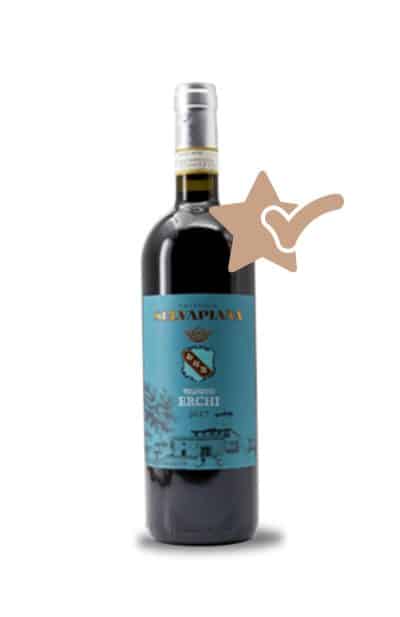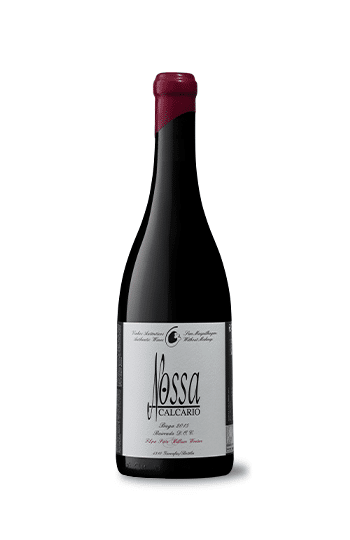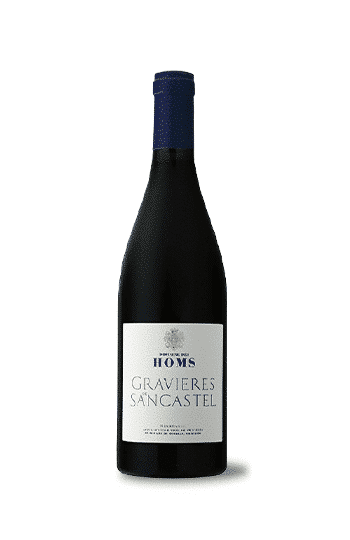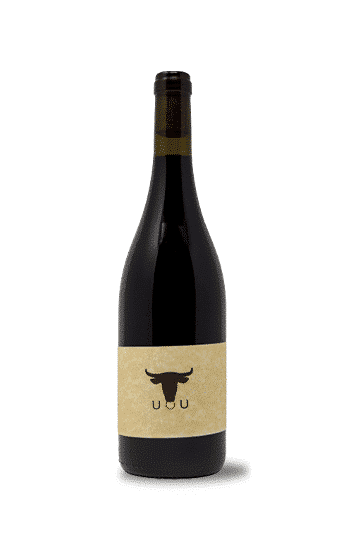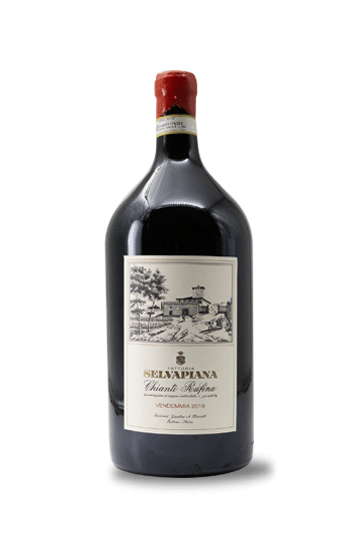
Chianti Ruffina, wooden box, 2019, Selvapiana, 3,0 l
55,90 €
Meet the organically produced Chianti Rufina from the Selvapiana winery, owned by the Giuntini Antinori Masetti family, with an intense, subtle bouquet of black berries, red flowers and spices. Refreshing and elegant, with a long aftertaste. Ideal for getting to know the northernmost style of Chianti.
Availability: 3 in stock
The wine is translucent, ruby red in colour and dense in texture.
With an intense, sophisticated bouquet of ripe blackberry, black cherry, plum, red flowers, dry tobacco, black pepper and anise.
The wine is dry and soft on the palate with just the right warmth. The taste is giftfully fresh and mineral, offering just the right amount of tannins to dry the mouth. An intense, persistent and structured wine with an elegant palate reflecting aromas of black berries, red flowers and spices.
The ideal wine to get to know this northernmost style of the Chianti region.
Prizes and awards:
- 93 points: Raffaele Vecchione - Winescritic.com
- 93 points: James Suckling
- 88 points: Cellar Tracker
The wine is translucent, ruby red in colour and dense in texture.
With an intense, sophisticated bouquet of ripe blackberry, black cherry, plum, red flowers, dry tobacco, black pepper and anise.
The wine is dry and soft on the palate, with just the right amount of warmth. The taste is giftfully fresh and mineral, offering just the right amount of tannins to dry the mouth. An intense, persistent and structured wine with an elegant palate reflecting aromas of black berries, red flowers and spices.
The ideal wine to get to know this northernmost style of the Chianti region.
Prizes and awards:
93 points: Raffaele Vecchione - Winescritic.com
93 points: James Suckling
88 points: Cellar Tracker
| Weight | 4,5 kg |
|---|---|
| Region | Tuscany |
| Variety | 95 % sangiovese, local varieties: canaiolo, colorin, malvasia |
| House | Selvapiana |
| Alcohol level | 13 % |
| Recommended temperature | 16-18 °C |
| Ageing potential | 10-15 years |
| Wine style | Classic red wine |
| Yearbook | 2019 |
| Volume | 3,0 l |
| Vinification | 25 days' maceration with spontaneous fermentation in steel tanks at temperatures between 28 and 30 °C, 10 months' maturation in large French oak barrels |
| Food matching | pasta with various sauces and ragusas, pizza, lasagna and poultry |
| Colour | Ruby red |
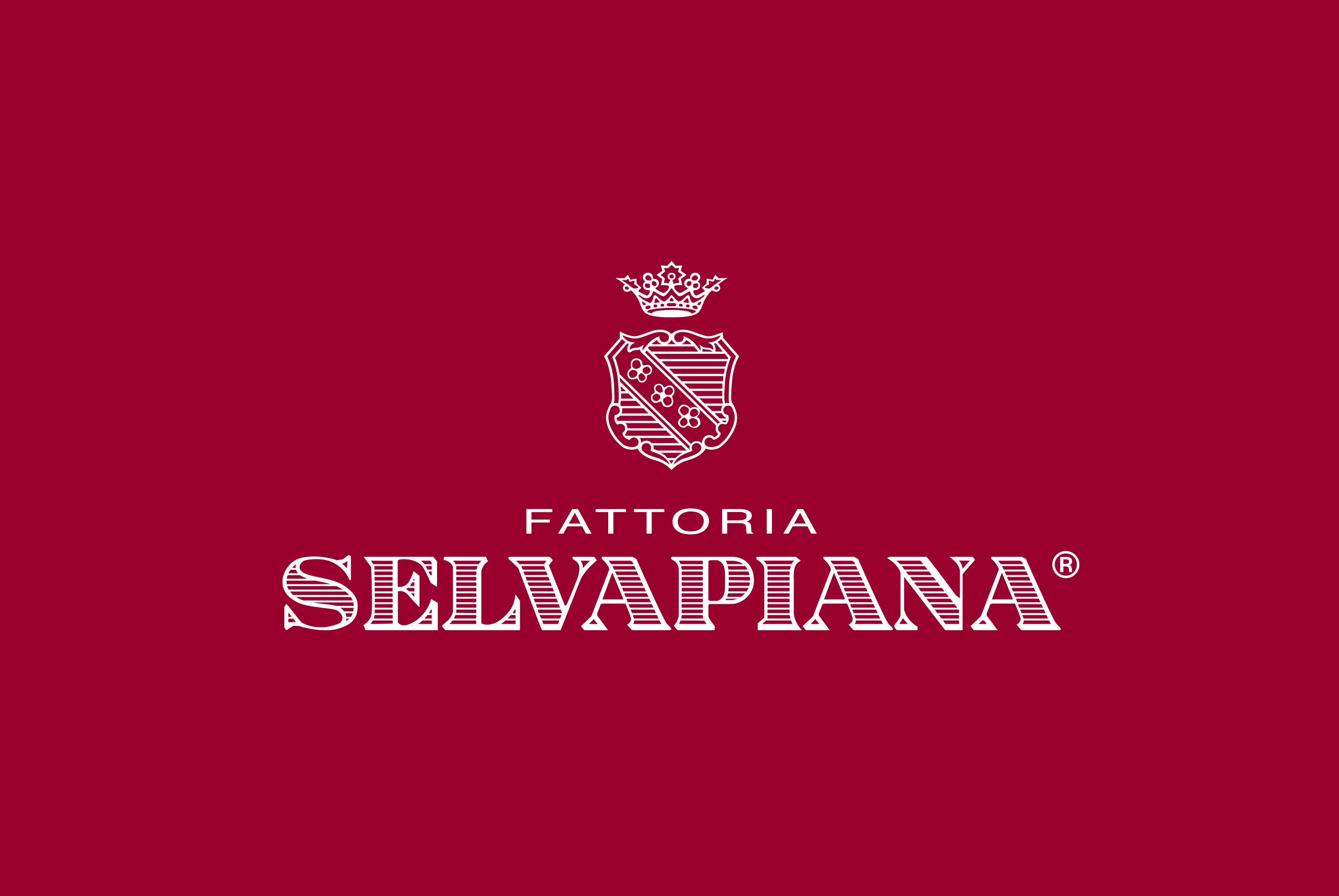
Selvapiana is one of the most prominent wineries in the Chianti Rufina area. It is the smallest appellation in Chianti (approximately 600 hectares), but its northernmost location also makes it one of the more specific. The cool winds that sweep through the Sieve valley give the wines a finesse and expression that few Chianti Classico wines can match. Slevapiana is considered to be the best known and most respected winery producing this specific version of Chianti Rufina. Selvapiana is also one of only two wineries producing wine from the Pomino DOC area, an area described by Cosimo III de Medici in 1716 as one of the best for producing this noble wine. This was the first decree to describe the locations, the production methods and the precise definition of the varieties from which Pomino, Chianti Classico, Chianti Rufina, Carmignano and Valdarno Superiore could be produced, and was also the basis for the first DOC wines in Italy. An extract of the decree describing the Pomino lege is also featured on the labels of this wine. Federico Giuntini Masseti manages the estate, located north of the village of Pontassieve, which has been converted to organic processing since 2003. The farm extends over 250 hectares of which 60 are planted with vines (95 % sangiovese), 36 with olives and the rest is woodland. Most of the vineyards are west-facing, with the exception of their Bucerchiale vineyard, which produces the same namesake wine that is their flagship, which is south-west-facing. Selvapiana's location has made it historically interesting, as its proximity to the River Sieve makes the air cooler and cleaner. This advantage was exploited by the Florentine nobility who retreated there to escape the hot summer days of the city. The property, which was built as a medieval castle with two watchtowers, was first converted into a semi-private residence by the Bishop of Florence, from whom the wealthy merchants took over ownership. In 1827 the property passed into the ownership of the Ginutini family, a family of bankers from Florence.
Related products
-
Red
Erchi Chianti Rufina Riserva, 2017, Selvapiana, 0,75 l
Rated 0 out of 544,90 €31,43 € Add to basketAdd to wishlistRemove from wish listAdd to wishlist -
Pato & Wouters
Nossa Calcario Baga, 2017, Pato & Wouters, 1,5 l
Rated 0 out of 569,90 € Add to basketAdd to wishlistRemove from wish listAdd to wishlist -
Domaine des homs
Gravieres de Sancastel, 2020, Domaine des Homs, 0,75 l
Rated 0 out of 518,90 € Add to basketAdd to wishlistRemove from wish listAdd to wishlist -
Add to wishlistRemove from wish listAdd to wishlist



